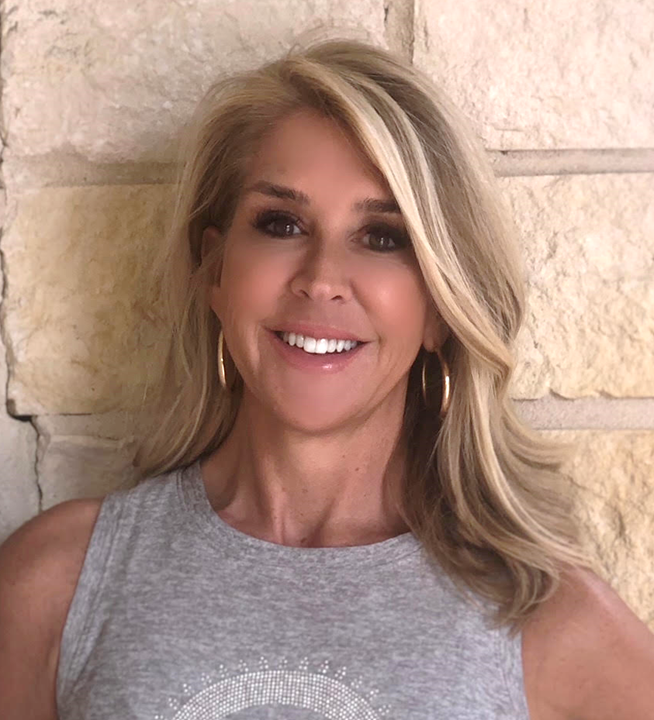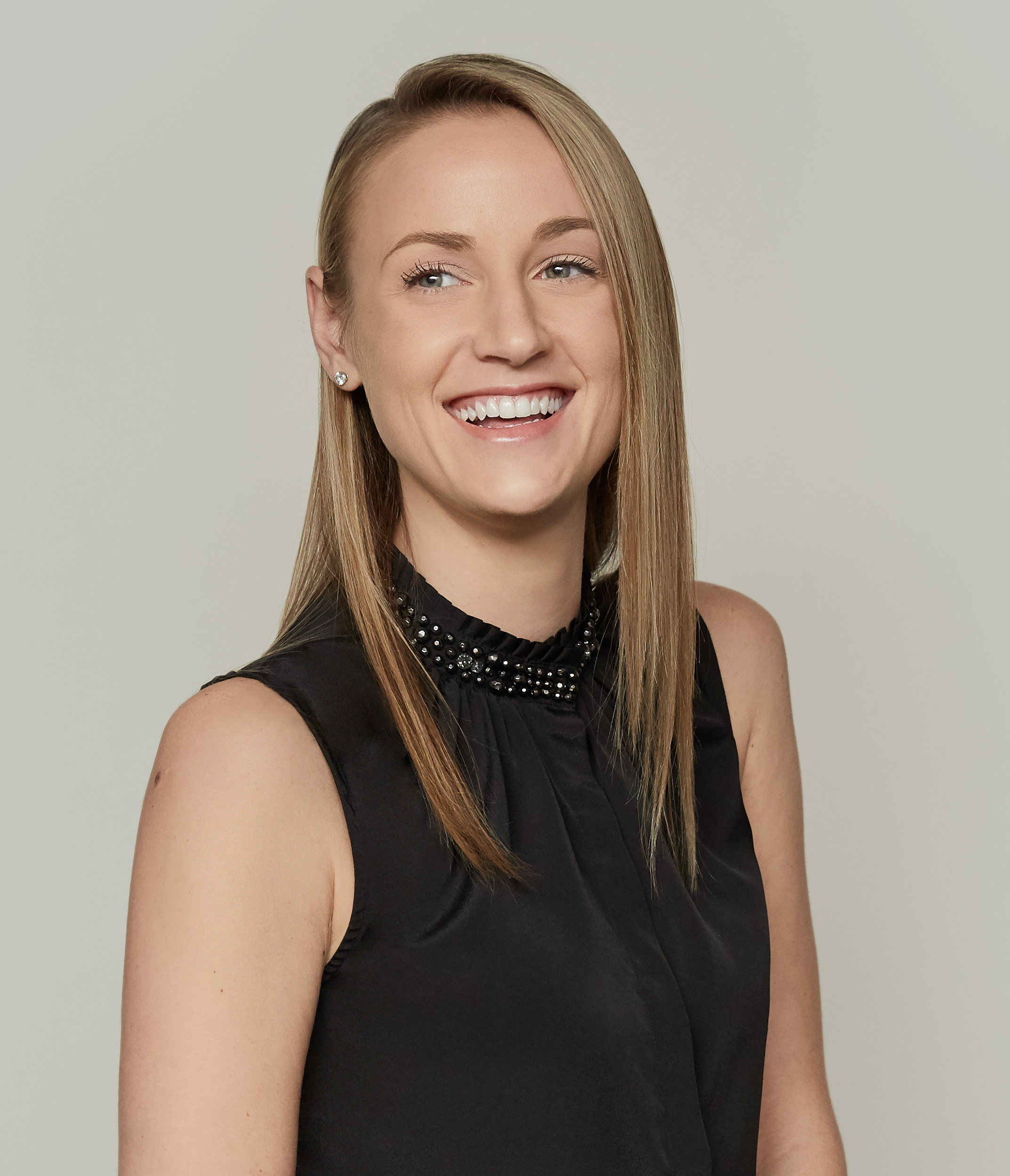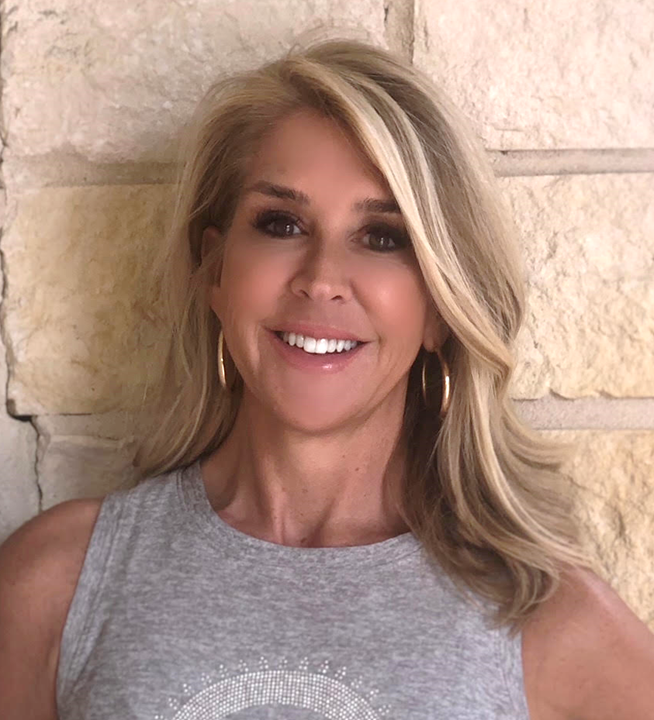First, you notice just a few extra strands of hair in your hairbrush. Then, it’s a handful in the shower. Before you know it, your once magnificent mane appears thinner, and dryer, with less bounce and shine.
No, it’s not your imagination. Our hair follicles are living things, and like all living things, they age. And while the effects of aging on hair follicles vary from woman to woman, it’s not uncommon to experience thinning, hair loss, and in extreme cases, some bald patches during or after menopause.
“The hair goes through three cycles of growth that rotate annually,” explains Master Stylist, Erin McReynolds of Koi Salon in San Antonio, Texas. “The hormonal changes that occur as our bodies age can disrupt those cycles significantly.”
Most notably, the decline of estrogen during menopause can wreak havoc on the hair’s growth cycles, shortening the growth phase and lengthening the time between shedding and the regrowth cycle. Additionally, the hair follicles shrink causing the new hair shafts to be thinner than normal. Finally, the blood flow to the hair follicle often decreases with age, which means less of the vital nutrients the hair needs are being delivered.1 This leaves strands more susceptible to damage from external factors including heat styling, sun exposure, and free radicals.
But before you head to the salon and ask your stylist about the best short haircuts for women, there are some things you can do to make thinning, aging hair not only look thicker, but also restore it to some of its former glory. Rest assured, there are even ways to help hide thinning hair in the front, near your hairline, if you’re experiencing this during or after menopause.
When asked what to do to manage menopause hair loss, McReynolds assures us; “you don’t have to cut it all off anymore or resort to a “set coif” like your grandmother once had. There are other things you can do ranging from certain styles to products, and supplements, that can help.” So, even if you’re dealing with thinning or menopause hair loss, there are ways to manage it.
Popular Cuts and Hairstyles for Women Over 50
Making your thinning hair look thicker can often be achieved with a few simple tweaks versus a complete overhaul. If you want to keep the hair on the longer side, McReynolds suggests asking your stylist to blunt the ends.
“This creates a more balanced line at the bottom, resulting in a thicker appearance,” she explains.
Heavily layering the hair can leave ends looking thin and frayed as well, so, McReynolds recommends growing those out or just leaving a few around the face for movement or to blend in any breakage; hiding thinning hair in the front around the hairline.
If you’re ready to go shorter, a graduated bob can look full and fabulous. Plus, it's a chic look that can be styled in several ways from beachy waves for daytime, to sleek and sophisticated for evening glam.
Styling Products for Menopause Hair Loss
Once you’ve got a style that brings out the best in your hair’s texture, take care of it with the right tools, products, and treatments to repair and prevent damage, and keep it looking its best.
One of the first things McReynolds cautions against is washing the hair every day and, when you do wash, she says to avoid products with heavy moisture. The combination of a thickening shampoo followed by a medium-weight conditioner that’s applied mid-shaft through the ends is her favorite combination. She also advises supplementing your conditioner with a hair mask once a week. She recommends the vitamin-infused Glimmr mask, which leaves hair looking and feeling strong and soft in just 10 minutes, when used once or twice a week.
After washing, use a comb or detangling brush on wet hair. A boar bristle brush, although perfect for styling to create shine, can pull on wet hair and cause it to come out, something you’ll want to avoid if you’re already dealing with menopause hair loss.
Try using styling products that are alcohol based, such as mousse or a thickening spray, like this one from Bumble and Bumble, to give the hair lift. Limit your use of heat tools or spritz the hair with a heat protectant first to protect your strands from damage, which can help to prevent additional menopause hair loss. Consider trying the IGK Good Behavior Blow Out Balm for its ability to withstand up to 450 degrees of heat along with the unbeatable sleek shine it delivers.
Supplements for Thinning Hair or Menopause Hair Loss
Think about how your body looks and feels when it isn’t properly nourished. The same holds true for your hair.
“What you put into your body influences what comes out,” cautions McReynolds.
A healthy diet rich in omega 3, protein, folic acid, and other vitamins and minerals goes a long way in helping to retain healthy, shiny hair during menopause and beyond. If you aren’t able to get what you need through your diet alone, you can also consider certain dietary supplements.
Typically, over the counter supplements containing nutrients such as biotin, collagen or silicone are recommended for women dealing with menopause hair loss. We’d recommend checking in with your healthcare provider first, however, if you’re experiencing significant hair loss during menopause, as they will likely have ideas for treatments that may be more effective, specifically for you.
When to Talk to a Healthcare Provider About Hair Loss
More than half of approximately 200 postmenopausal women surveyed in a recent study admitted to experiencing menopause-related hair thinning and loss.2 But there are other factors that may contribute.
If you try the above tips and tricks and don't notice any improvement, consult with your healthcare provider to rule out any underlying issues. Some common health problems, like thyroid conditions, certain medications, or auto-immune diseases, can cause the hair to shed more rapidly, or lose its luster. Stress can also play a role as well.3
“Your hair is often a good indicator of what else is going on in your body,” cautions McReynolds. “Your body will pull nutrients from your hair before any other organ in your body, so, if the hair loss is sudden and seems heavier than usual, consult your doctor, because it could mean your body is nutrient deficient elsewhere.”
Chances are, however, it’s just the natural aging process and the decline in hormone levels experienced during menopause contributing to your hair changes. Luckily, you no longer have to “just live with it.” With the right style, the right tools, and the right care, you can enjoy good hair days now, and for years to come.
Resources
- https://www.healthline.com/health/menopause/hair-loss
- https://www.ncbi.nlm.nih.gov/pmc/articles/PMC5419033/
- https://www.everydayhealth.com/skin-and-beauty-pictures/ten-causes-of-hair-loss.aspx








-v1645131697587.png?2084x2269)


Comments
Post commentThank you for your article I was trying to educate myself but also besides menopause I have chemo because of breast cancer and my hair grew back with 2different textures I am African American but the docs told me it wasn’t going to grow back so menopause’s touch and chemo and thyroid issues I am at my wits end Great article